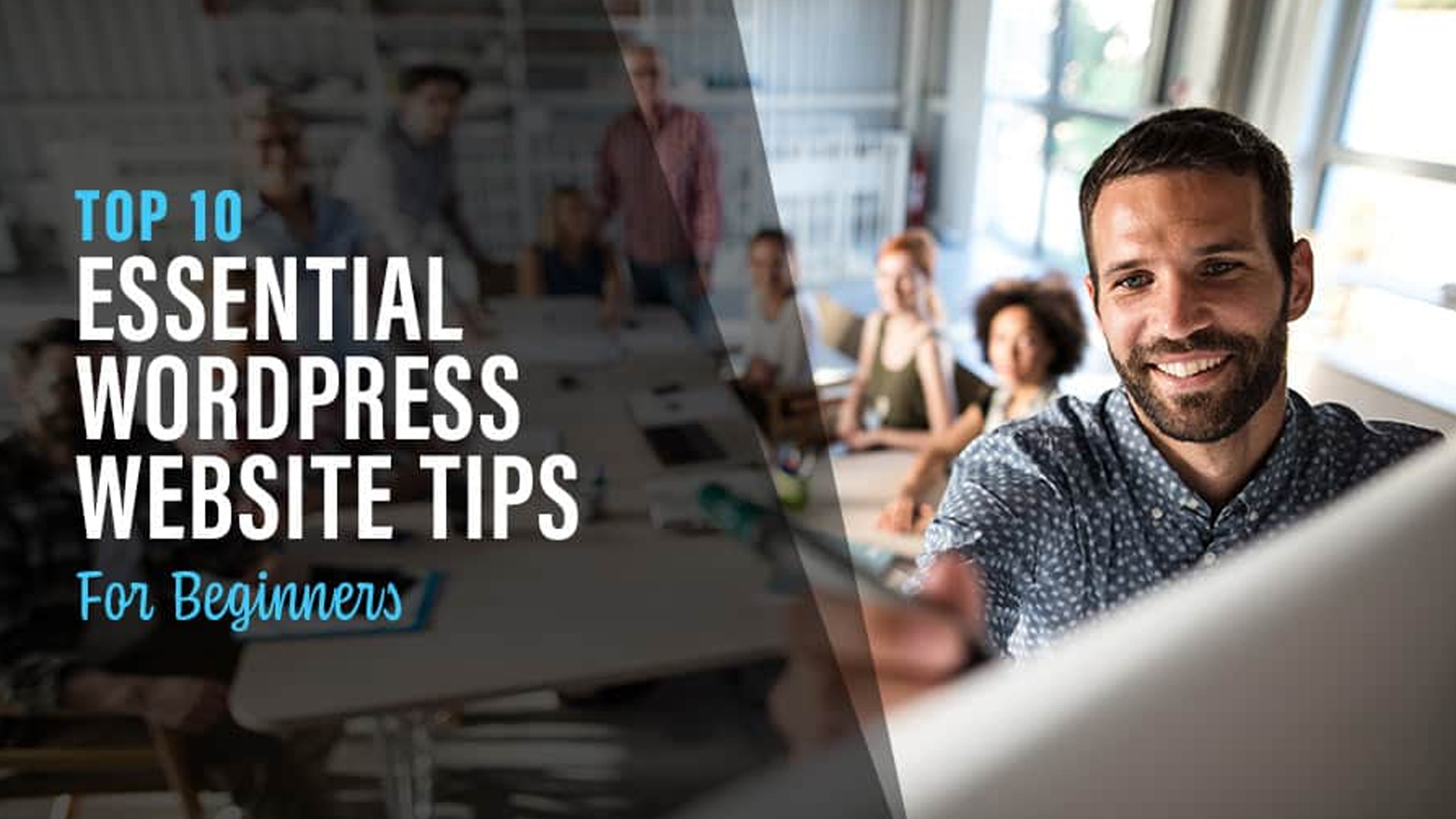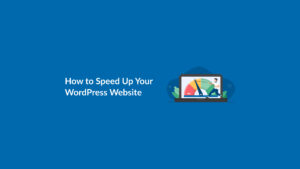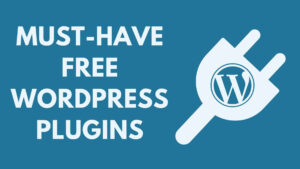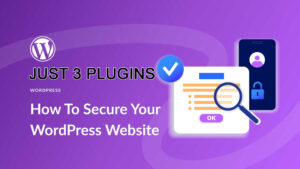1. Choose the Right Hosting Provider
Your hosting provider plays a critical role in your website’s speed, uptime, and security. Avoid free or ultra-cheap hosts that often come with poor support and slow servers. Instead, opt for reliable providers like SiteGround, Bluehost, or Hostinger if you’re just starting out.
For optimal performance:
-
Look for SSD storage
-
Ensure daily backups
-
Prioritize 99.9% uptime guarantee
-
Choose a host that supports one-click WordPress installation
If you expect fast growth or high traffic, consider managed WordPress hosting services like WP Engine, Kinsta, or Flywheel for better scalability, security, and support.
2. Use a Lightweight & Responsive Theme
Themes dictate how your site looks and functions. A bloated or poorly coded theme can slow down your site and hurt SEO.
Tips for choosing a theme:
-
Pick one that is mobile-responsive
-
Avoid feature-heavy themes if you don’t need all the bells and whistles
-
Prioritize SEO-friendly, speed-optimized, and regularly updated themes
-
Consider using Astra, GeneratePress, or Kadence — great for beginners
Also, always install themes from reputable sources like the official WordPress repository or premium theme marketplaces like ThemeForest or Elegant Themes.
3. Install Only Essential Plugins
Plugins extend your site’s functionality, but installing too many can slow down your site or create conflicts.
Here are must-have plugins:
-
Yoast SEO or Rank Math – for on-page SEO
-
UpdraftPlus – for backups
-
WPForms – for creating contact forms
-
LiteSpeed Cache or WP Rocket – for caching and speed optimization
-
Wordfence or Sucuri – for security
Avoid:
-
Outdated plugins
-
Plugins with low reviews or poor support
-
Redundant plugins that duplicate functions
Always test your site after installing a new plugin and keep all your plugins updated to maintain performance and security.
4. Secure Your WordPress Site
Security should be a priority, even for beginners. WordPress is a common target for hackers due to its popularity.
Security essentials:
-
Change the default “admin” username
-
Use strong passwords and enable two-factor authentication
-
Install a security plugin like Wordfence or iThemes Security
-
Regularly update WordPress core, themes, and plugins
-
Use SSL (HTTPS) — many hosts offer it for free via Let’s Encrypt
Bonus tip: Limit login attempts using a plugin like Login LockDown to prevent brute-force attacks.
5. Keep Everything Updated
Many beginners ignore updates, which opens the door to security vulnerabilities and bugs.
Always keep the following updated:
-
WordPress Core
-
Themes
-
Plugins
Before updating, take a backup (use UpdraftPlus) to ensure you can roll back if something breaks.
You can enable auto-updates, but be cautious with major updates and test them on a staging site if possible.
6. Use Categories and Tags Properly
WordPress lets you organize content using categories and tags. Many beginners misuse them, affecting user experience and SEO.
Best practices:
-
Use categories for broad content topics (e.g., Blogging, SEO, Plugins)
-
Use tags for specific details (e.g., “Yoast SEO”, “Keyword Research”)
Avoid:
-
Creating too many overlapping categories
-
Using tags like categories or vice versa
Proper use improves site navigation, increases page views, and enhances SEO by improving internal linking and structure.
7.Focus on SEO from the Start
SEO (Search Engine Optimization) helps your site rank in Google and attract organic traffic.
Start with the basics:
-
Install Yoast SEO or Rank Math
-
Use proper H1-H6 headings
-
Write keyword-rich titles and meta descriptions
-
Use alt text on images
-
Structure your content with internal linking
Bonus tools:
-
Google Search Console – for performance tracking
-
Google Analytics – to track visitor behavior
-
Schema plugins – to enhance visibility in search results
Learning basic on-page SEO early gives your content a solid chance to grow in the long run.
8. Create a Backup Schedule
Imagine losing all your content overnight — scary, right? Regular backups are a safety net.
Use plugins like:
-
UpdraftPlus (free & premium)
-
BackupBuddy
-
Jetpack Backup
Set automatic backups:
-
Daily for active sites
-
Weekly for smaller or static sites
Store backups offsite:
-
Google Drive
-
Dropbox
-
Amazon S3
Having a recent backup helps you recover from hacking, update errors, or server crashes quickly.
9. Customize the Permalink Structure
By default, WordPress uses a URL structure like:yourdomain.com/?p=123
Change it to something readable and SEO-friendly:
-
Go to Settings > Permalinks
-
Choose “Post name” option →
yourdomain.com/sample-post
Clean permalinks are easier for users to read and better for search engines to understand your content.
Avoid changing permalinks after publishing posts unless necessary, as it can break links and affect SEO. If you must change it, use 301 redirects via plugins like Redirection.
10. Learn to Use the Block Editor (Gutenberg) (200–250 words)
Since WordPress 5.0, the Block Editor (a.k.a. Gutenberg) is the default editor. It lets you build visually engaging pages using blocks.
Key benefits:
-
Drag-and-drop functionality
-
Easier layout control
-
Pre-designed block templates
-
Media-rich post creation
Blocks you’ll use often:
-
Paragraph
-
Image
-
Button
-
List
-
Column
-
Embed
You can extend the editor with block-enhancing plugins like:
-
Spectra (by Astra)
-
Kadence Blocks
-
Stackable
Invest time in learning the Block Editor — it gives you the power of a page builder without needing Elementor or Divi for basic designs.
Conclusion
WordPress is incredibly powerful once you understand how to use it properly. These 10 beginner-friendly tips are just the beginning — but they form the core habits and tools every new WordPress user needs.
From picking the right theme and plugins to securing your site and optimizing for SEO, these fundamentals will help you build a stable, fast, and user-friendly website.
Keep learning, experimenting, and improving. The WordPress ecosystem is vast, and the more you explore it, the more confident you’ll become.
Got stuck somewhere? Don’t hesitate to join WordPress communities or forums — you’ll always find someone willing to help.




